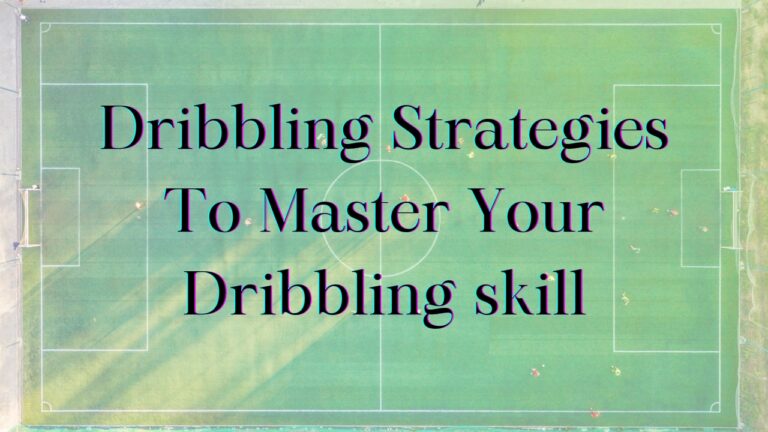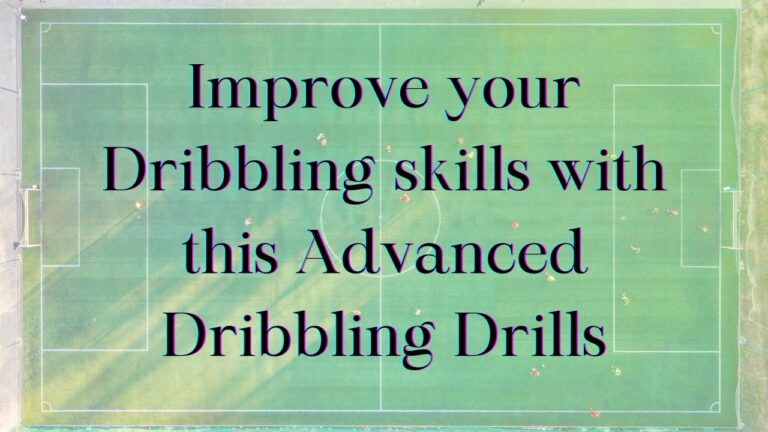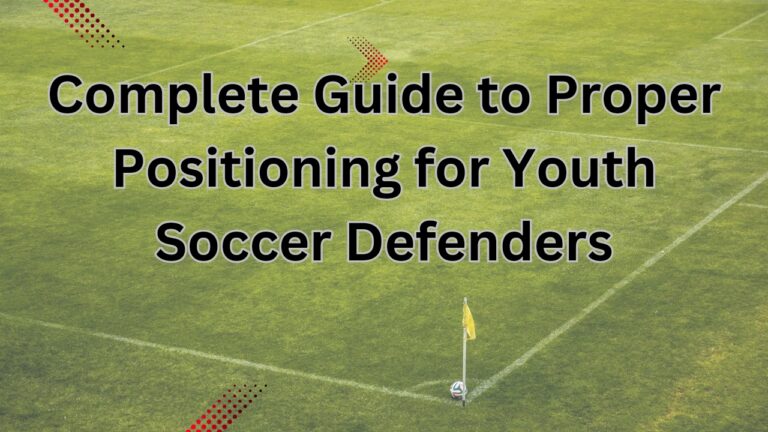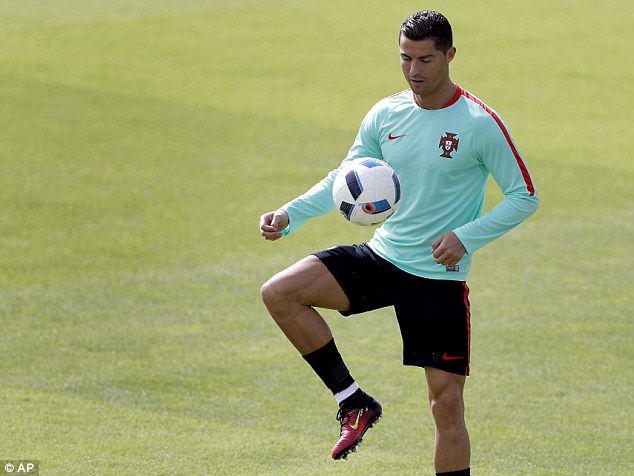Soccer, also known as football, is the world’s most popular sport. With over 4 billion fans worldwide, its global reach and mass appeal are unmatched.
If you’re new to soccer and want to start playing, this ultimate beginner’s guide covers everything you need to know. You’ll learn basic rules, essential skills, strategies for improvement, and how to find a team. So lace up your cleats and let’s hit the pitch
Getting Started: What You Should Know
Soccer looks simple, but beginners need to understand some key basics before playing their first match. This foundation sets you up for success on the pitch.
The Primary Objective
Winning the match comes down to one key metric “goal scored.”. Each team tries to score more goals than their opponent over the 90 minutes of play. Matches ending in ties are common at higher levels, but in tournaments, penalty shootouts decide the winners.
Team Composition
Standard soccer teams feature 11 players each, though you can play with fewer in informal games. The roles include:
#1 Goalkeeper: The only player allowed to touch the ball with hands or arms, but only within their penalty area. Protects the goal.
10 Field Players: Advance the ball upfield toward the opponent’s goal using feet, legs, torso, and head. Divided into defenders, midfielders, and forwards.
Having fewer than seven total players impacts your formation and substitutes.
Legal vs Illegal Ball Handling
Only the goalkeeper can handle the ball, and only within their penalty area, following the following restrictions:
Can hold the ball for up to 6 seconds before releasing
Can’t pick up passes from teammates’ feet; only head/chest/etc are legal
They can’t have the ball in their hands if they kick or dribble the ball first
Field players use all other body parts, EXCEPT arms/hands unless accidental. Using hands intentionally results in a foul.
Understanding Fouls and Cards
Illegal physical contact or dangerous play results in free kicks or penalties. Officials also issue disciplinary cards:
Yellow Card – formal warning
Second Yellow – automatic ejection from the match
Straight Red Card – immediately ejected for more serious fouls
Ejected players can’t be substituted, forcing teams to play short.
The Full 90 Minutes
Matches are played over two 45-minute halves with a halftime break. Actual gameplay only stops for goals, injuries, or other delays. Referees calculate “stoppage time” to make up time wasted on delays.
Exposure breeds intuition. Now for the fun part – let’s get you some playing skills!
Learning Soccer Skills and Techniques
Mastering ball control with your feet, legs, chest, and head takes regular technique training. Let’s dig deeper into building each critical skill:
Accurate Passing. Improve Your Passing.
Instep kick: The classic straight pass. Kick through the middle of the ball with the inside of the foot to teammate
Outside foot pass: Place the non-kicking foot alongside the ball and strike with the outside of the other foot to bend the ball
Lob Pass: Back To open the attacker, a spinning arc passes over the defender. Contact underneath with laces
Use less force for short, crisp passes or more force for long balls
Deceptive Dribbling
Keep touches close, using all foot surfaces to zigzag the ball downfield under control
Change speeds and directions suddenly to fake out defenders
Learn creative moves like stepovers, Maradona turn, scissor kicks to make space
React quickly when challenged to shield the ball from opponents.
Finishing Shots on Target
Approach the ball at an angle and strike solidly with laces or the top of the foot
Lean over the ball and drive through the center to keep low shots accurate
Follow through toward the target; don’t stop your leg from swinging short
Generate power from core body rotation and firm leg drive
Securing First Touch Control
Learn More: First Touch Drill
Get the whole body behind the path of the ball to cushion speed & angle
Let ball contact, glancing at the leg, torso, or foot, deaden and settle
Prepare the next move—dribble, pass, pivot, etc.
Instep kicks and push passes to strengthen simplicity. Fancy tricks expand creativity. But do both to fully develop versatility.
Alongside technique training, running builds the cardiovascular engine vital for 90-minute matches.
Now each position applies skills in a tactical context.
Here is more detail to expand the “Learning Soccer Skills and Techniques” section further:
Applying Defensive Pressure
Close down attackers rapidly to deny space and options
Stay on your feet – resist the urge to dive in or lunge
Shepherd attackers to sideline/support
Time tackle only when sure you’ll win the ball cleanly
Defense requires focus, discipline, and calculated risk. Mastering positioning reduces the need for desperate recovery tackles.
Heading the Ball with Precision
Make contact with the forehead, – the strongest part of the skull
Drive through the ball; don’t wait for it to come to you
Generate power from torso rotation and neck muscles
Redirect headers out of danger defensively or toward the goal
Anticipate the flight path so your head meets the ball early for best control.
Building Endurance Over Time
Interval training and sprints develop crucial stamina
Very slow runs, hills, and stadium steps
Situational small-side games maintain focus while tiring.
Increase workload weekly to expand cardiovascular capacity
No shortcuts exist for the endurance soccer demands. Commit to the grind.
Master all the core competencies, not just the flashy ones. Polish overall skills until excelling feels effortless, then add tactical awareness.
Now let’s examine specialized roles that create cohesive teams..
Soccer Positions & Responsibilities
Each position on the field has specialized roles:
Goalkeeper
The last line of defense is tasked with preventing goals by blocking and parrying shots.
Defenders
Play closest to your own goal, focused on breaking up attacks. Includes center backs and outside fullbacks.
Midfielders
Transition the team from defense to attack. Includes defensive, central, and attacking midfielders.
Forwards
Play the nearest opponent’s goal, responsible for most scoring chances. Includes strikers and wings.
Practice key skills for your position. Strikers emphasize shooting accuracy, while midfielders learn crossing and defensive stability.
Understanding the Rules
Soccer’s regulations maintain orderly, ethical gameplay. Learn the critical standards making matches possible:
Enforcing the Offside Law
The offside rule prevents “goal hanging” with an always-ready scorer parked near the goal. Attackers can’t receive passes from teammates if:
They’re closer to the opponent’s goal line than the SECOND-LAST defender
At the moment, the ball gets played, not when they receive it
Linesman signals signal spotting offenders. The offside position is fine if the player doesn’t directly participate in play.
Distinguishing Between Free Kick Types
Free kicks punish offenders and restore possession. Direct free kicks can go straight into the goal; indirect types cannot:
Direct: for handballs, slide tackles hitting a player before the ball, and dangerous plays
Indirect: for offside, obstruction, and other technical fouls
Walls of defenders prevent direct shots on the net without redirection.
Putting Corner and Goal Kicks Into Play
When the ball wholly crosses the end line last touched by defenses, attacking teams take corner kicks. Teams kick from their goal area if they last touch the ball before crossing their landline.
Tracking Match Time More Precisely
Normal 45-minute halves only stop for goals or serious injuries. Referees total substitutions and lengthy delays and add “stoppage time” accordingly, so games last a full 90 minutes total.
This ensures accurate outcomes untainted by time-wasting tactics. Now let’s get you playing!
Finding a Team and Getting Involved
Many options exist for aspiring soccer players:
Local recreational leagues welcome all skill levels
School teams build skills in a competitive environment
Join pickup games in your community to sharpen your abilities
Attend summer skill-building camps and clinics
Try out for competitive club teams
Playing organized matches accelerates growth as you learn tactics and combinations.
But casual kickarounds also improve technique while building a love for the game.
Now Get out There and Play!
This beginner’s guide covers everything you need to start playing soccer. With passion and regular practice, your skills and knowledge will rapidly improve. So find a ball, some friends, and an open grass field. The journey of a thousand goals begins with your first touch on the pitch!






